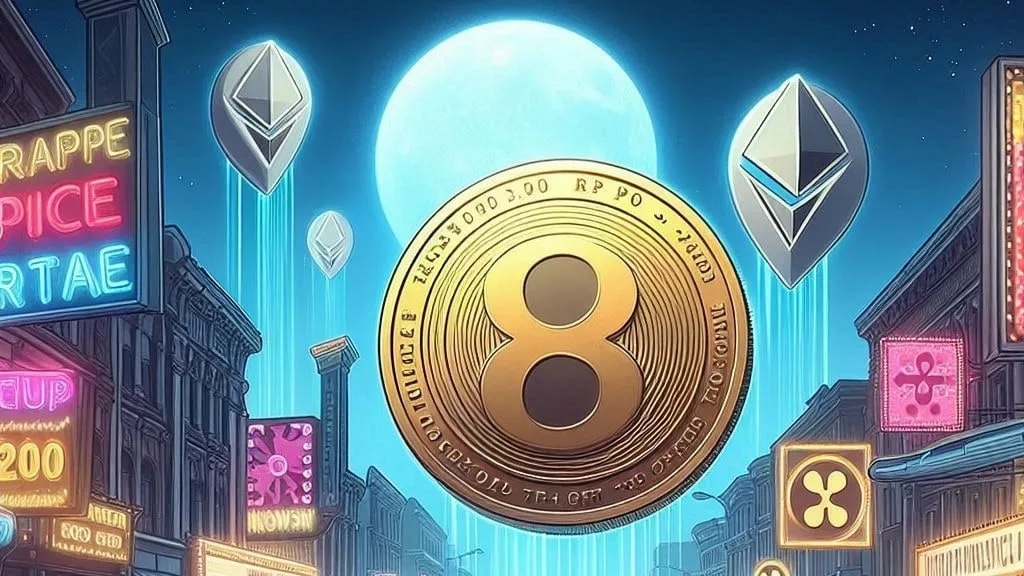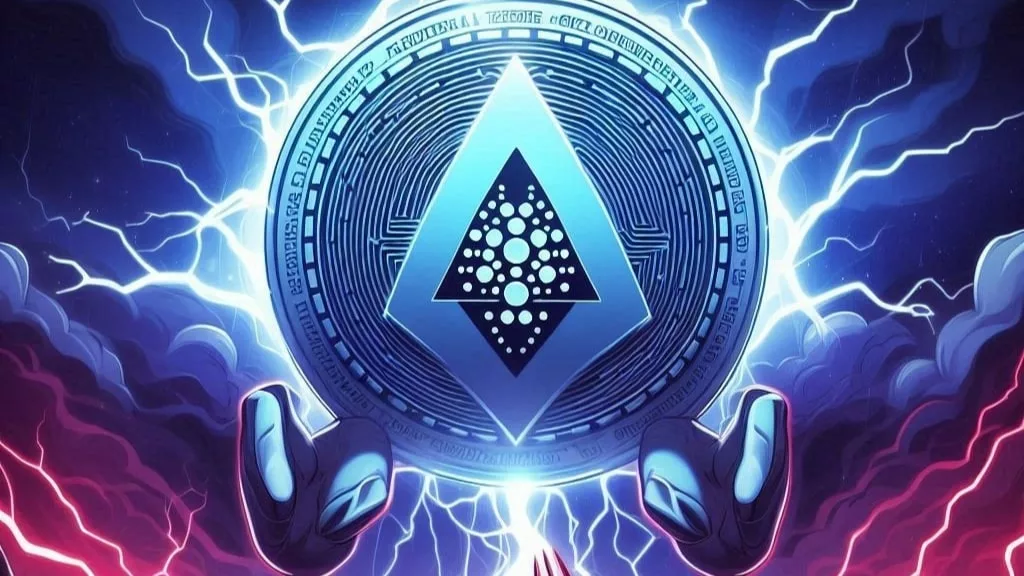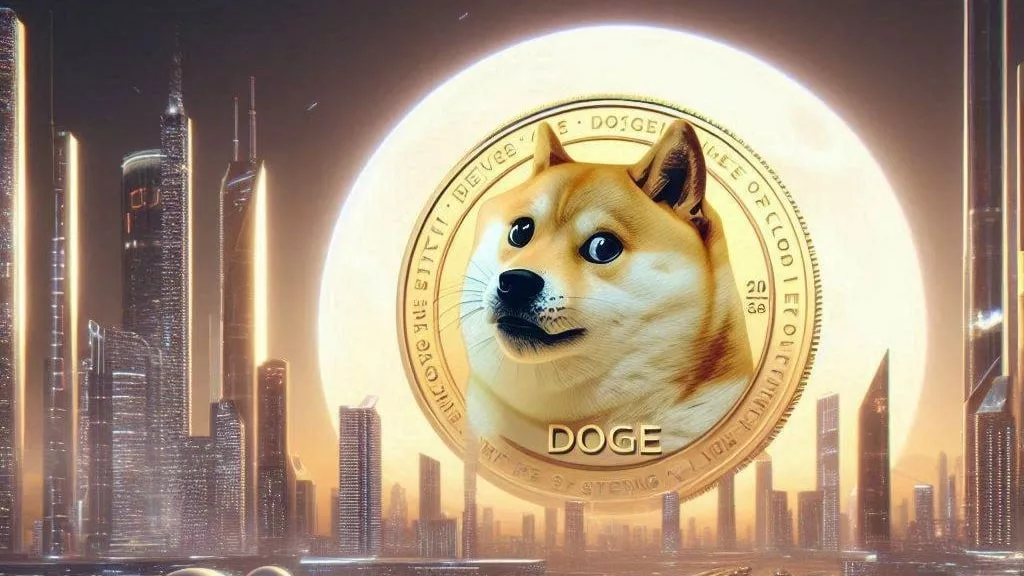
XRP, the cryptocurrency that has been around for nearly a decade, continues to fuel fierce debate among investors. Despite trading well below its all-time high of $3.84 for the past seven years, many XRP supporters are optimistic about the coin’s future. Some have even set their sights on massive price targets such as $20, $50, and $100. However, a closer look at the market conditions and the required market capitalization suggests that these ambitious price projections might be unrealistic—at least for the short term.
To understand why reaching these lofty targets is difficult, we need to examine XRP’s current market cap and supply. XRP has a total supply of 99.98 billion tokens, and with the current price hovering around $1.89, its market capitalization stands at approximately $189 billion. So, what would it take for XRP to hit $20, $50, or $100?
At $5 per XRP, the cryptocurrency would need to have a market cap of $500 billion. While some XRP advocates argue this target is achievable within the year, it would still represent a significant increase from its current level. This target seems ambitious, but not entirely out of the realm of possibility—especially if the cryptocurrency market as a whole experiences a bullish surge.
If XRP were to hit $10 per token, its market cap would surge to $1 trillion. For context, Bitcoin, the largest cryptocurrency by market capitalization, is the only cryptocurrency currently valued at $1 trillion. XRP’s highest market cap to date was $384 billion when it hit its peak value of $3.84 back in 2018. Moving up to $10 would not only be an achievement for XRP but would place it in the exclusive trillion-dollar club. However, reaching this level would require massive adoption, global regulatory clarity, and widespread institutional investment—factors that are uncertain in the short-term.
The price target of $20 for XRP would require a market cap of $2 trillion. To put this into perspective, this would surpass the market caps of most tech giants, including Amazon, Google, and Facebook. However, even the possibility of this happening raises significant questions. The $2 trillion market cap is a lofty goal for any asset, and with XRP’s current market standing, it seems nearly impossible without a major shift in market dynamics, such as massive institutional involvement and a growing real-world use case for the asset.
If XRP were to reach a price of $50, its market cap would have to exceed $5 trillion, and a $100 price target would push XRP’s market cap to a mind-blowing $10 trillion. To put this in perspective, the only asset in the world that currently exceeds a $5 trillion market cap is gold. If XRP were to hit $100, its market cap would be larger than the combined valuation of most global assets, including all but a few major tech companies and gold itself. Such a scenario would make XRP the most valuable asset on the planet, far surpassing Bitcoin’s current market cap.
Critics of these ambitious price projections argue that they are simply unrealistic in the short term. Zach Humphries, a well-known figure in the XRP community, has stated that price targets above $50 are “absurd” due to the sheer scale of market cap that would be required. While some proponents argue that traditional market cap analysis doesn’t apply to XRP, they struggle to provide a viable alternative framework for justifying such extreme targets.
For now, many analysts and investors believe that XRP’s true potential lies in the long-term future, perhaps five or more years down the road. It may take considerable time for XRP to become widely adopted and for the infrastructure supporting it to mature enough to sustain such high valuations.
While XRP enthusiasts continue to set high price targets like $20, $50, and $100, the reality of the market suggests that these numbers may be too ambitious for the near future. XRP would need a substantial increase in global adoption, major regulatory breakthroughs, and a massive surge in institutional support to reach such levels.
However, it’s not all doom and gloom for XRP fans. In the long term—say five to ten years from now—these targets might become more achievable, especially if the broader cryptocurrency ecosystem matures and XRP continues to carve out its niche in the world of digital finance.
For now, it’s crucial for investors to manage expectations and focus on realistic growth prospects for XRP as it continues to navigate the complex and volatile world of cryptocurrency.



Get the latest Crypto & Blockchain News in your inbox.